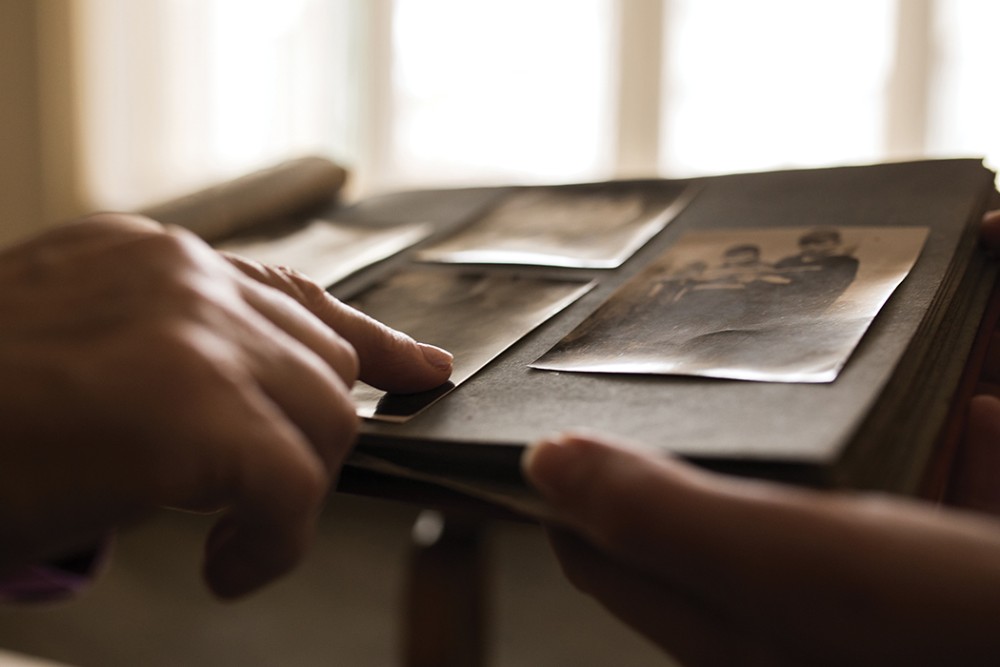Why our church's centennial was worth celebrating
“The history of a church,” one member wrote in an old scrapbook I found, is “an unfolding pageant of life.”

In the hallway between the sanctuary and my office is a tall glass case where we keep historical artifacts from our congregation, an odd assortment of scrapbooks, photographs, and papers collected over the past 100 years. The cabinet is not particularly well organized. Board meeting minutes from 1917 lie next to a newspaper clipping from the 1950s and a worship bulletin from the early ’90s. True historians would grimace at the way the papers are stored, and the casual way we rifle through them looking for some tidbit of information or another. The door of the cabinet sticks a bit and has to be jiggled at just the right angle to be opened.
In the week before our centennial anniversary, I spent a good amount of time sitting on the floor by that glass case, reading up on a century’s worth of history. I looked through old scrapbooks and commemorative programs from past anniversaries. I read newsletter articles and old bulletins. I even skimmed through those board meeting minutes from the first year. (They were not as interesting as I had hoped—I guess I was looking for a little church drama, but whoever that first secretary was didn’t spill the beans.) There are not many pictures of the bungalow that served as the original church building, but still, I could imagine people dressed in their Sunday best stepping up onto the porch and into the sanctuary for worship.
One of the treasures I discovered was a nondescript scrapbook, well made and sturdy, with no title on the cover. Inside, on thick pages slightly browned with age, was a carefully typed history of the congregation, written in 1960 by—as the first page proudly declared—a Mrs. C. W. (Maud Trent) Holshouser. I liked her immediately, both for the way she refused to let her maiden name be lost to history and for this line, tucked into a paragraph about the committee of women whose organizing efforts led to the founding of the congregation: “The men, while not as well organized in early years as the women, always stood solidly behind the women in their undertakings.”




